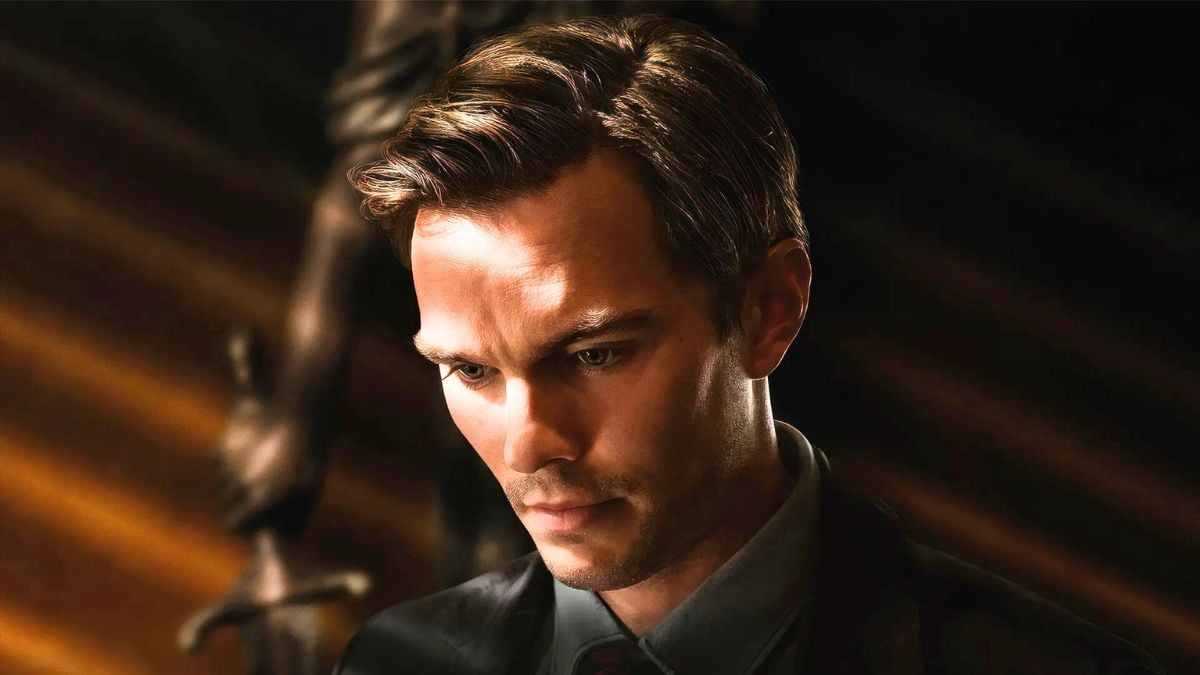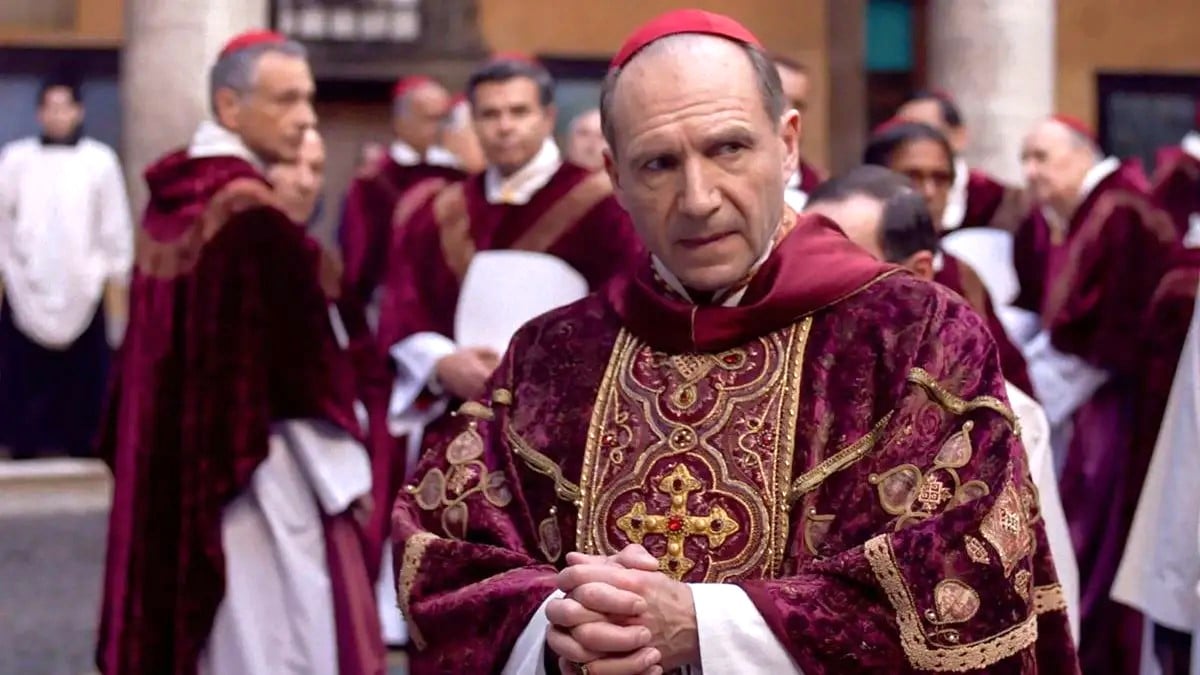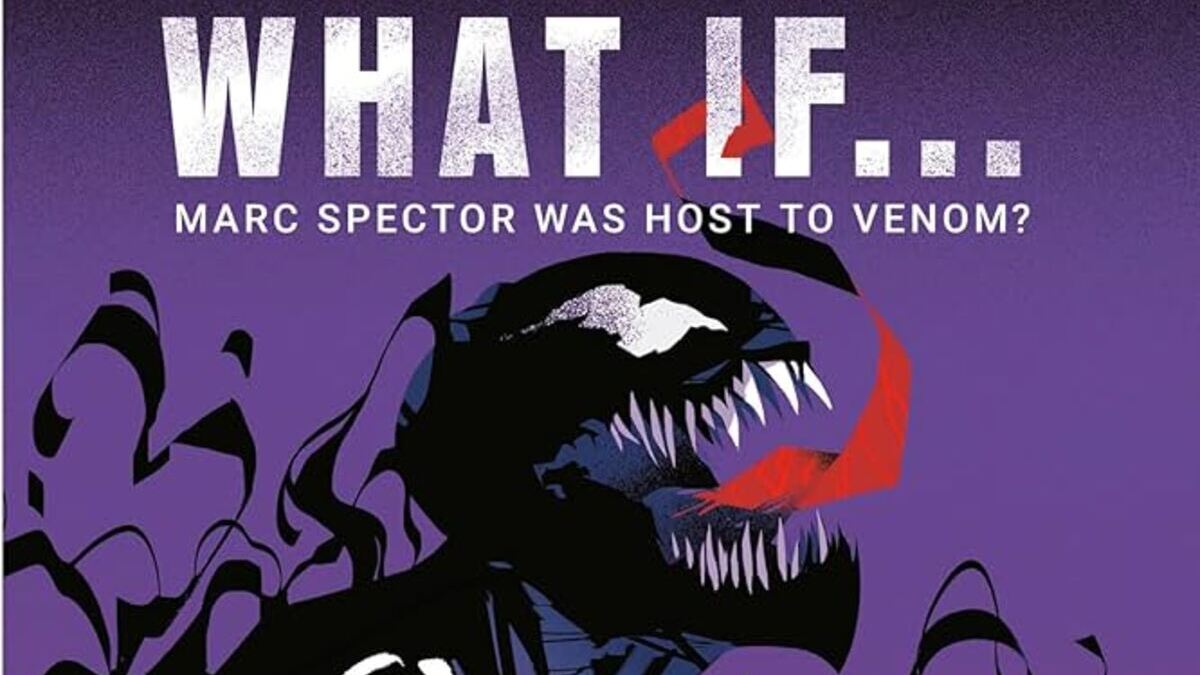
This season is littered with delicious supporting characters, more focused than last season it would seem, or maybe it’s just a matter of having 13 episodes already past where we got to know them. New to the show is Molly Parker, whom many may recognize from Deadwood or elsewhere, as Congresswoman and Jackie Sharp. It would seem as though Frank is grooming her as the next Pete Russo, but she proves surprisingly formidable. More formidable, though, is Raymond Tusk, who was introduced last season but plays a larger role this season as the most threatening foe the Underwoods have encountered yet. Zoe continues to be a rabble-rouser but it’s soon apparent that she and Frank are playing two different games with completely different sets of boundaries. A personal favorite supporting character is Doug Stamper, who again demonstrates a casual yet determined menace as Frank’s Chief of Staff and occasional attack dog. His aggression is always surprising because he comes across as mild and harmless as Spike Jonze. The one wild card seems to be House of Cards’ equivalent of Bob Benson from Mad Men: Seth Grayson. If there’s one name that instantly sends chills down the spine, it’s “Seth.”
All that being said, if there’s anything to quibble with about this new season, it’s that it makes the comparisons to Shakespeare appropriate at times in that it can be hard to understand the dialogue—there are times where, like in a Shakespearean play, you just have to interpret the meaning from the action and the tone. Its style may also not be for everyone, with its heightened reality bordering on pure power fantasy. This season’s story may be more or less realistic; I’ll leave it for the political pundit reviewers to determine that. I’ve seen a number of writers compare the show to Scandal, which takes this White House setting and infuses it with soapy melodrama and absurd, yet strangely exhilarating, twists. I find House of Cards more similar to something like Downton Abbey or maybe Game of Thrones, which is far from realistic yet captures something about the desire for power and the fear we ought to have of the lengths to which people will go to acquire and maintain it. This season has some interesting meditations, for example, on the usefulness of political power versus financial capital, with the Frank versus Raymond narrative zeroing in on that issue.
I relish House of Cards for its mad operatic glee in its exploration of dark depths within the soul. Cinematographer Igor Martinovic has built upon the outstanding work last season by Eigil Bryld, making shallow focus his ally and drawing comparisons to the shadow work of Gordon Willis. I’ve never seen a movie or show with such a gorgeous depiction of the various lines and crevices in a person’s face, and Spacey is a good model for such portraiture.
If these aesthetics were all it had going for it, House of Cards would be a worthwhile show. To our good fortune, it also showcases the dramatization of delicious dialogue (Glengarry Glen Ross director James Foley directed the majority of Season 2’s episodes), subtle characterization and a tone that is perfectly suited to its protagonist. The show itself is not pretentious, as many people think—Frank is. And the tone of the show reflects that in a way that is consistent with his demeanor. The style could be attributed to stupidity; I prefer to attribute it to some kind of evil genius. It’s also a style that is deliberately unsustainable, a quality that is likely anticipatory of the titular house of cards that is surely to fall apart once Frank Underwood inevitably goes too far and climbs too high. This may make the show more aesthetic than substantial, but binging tends to be more enjoyable when it’s on something that goes down as smoothly as this.







Published: Feb 16, 2014 10:06 pm